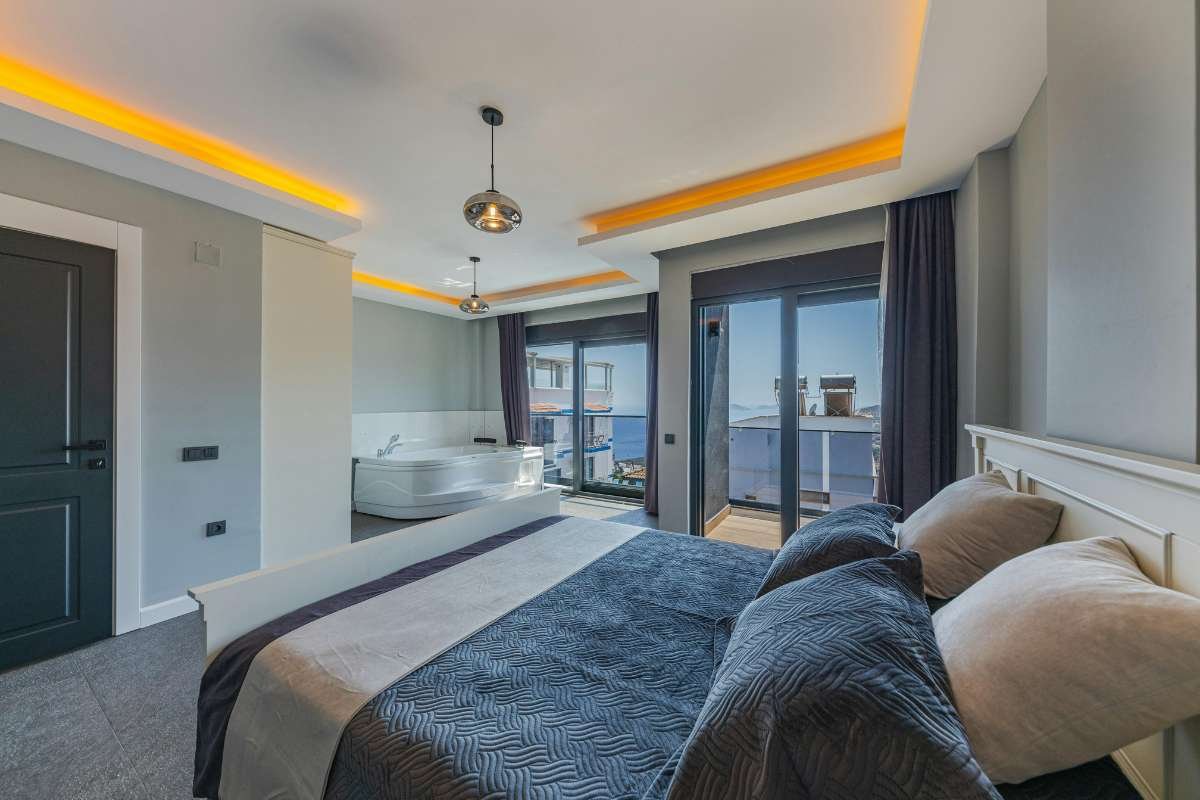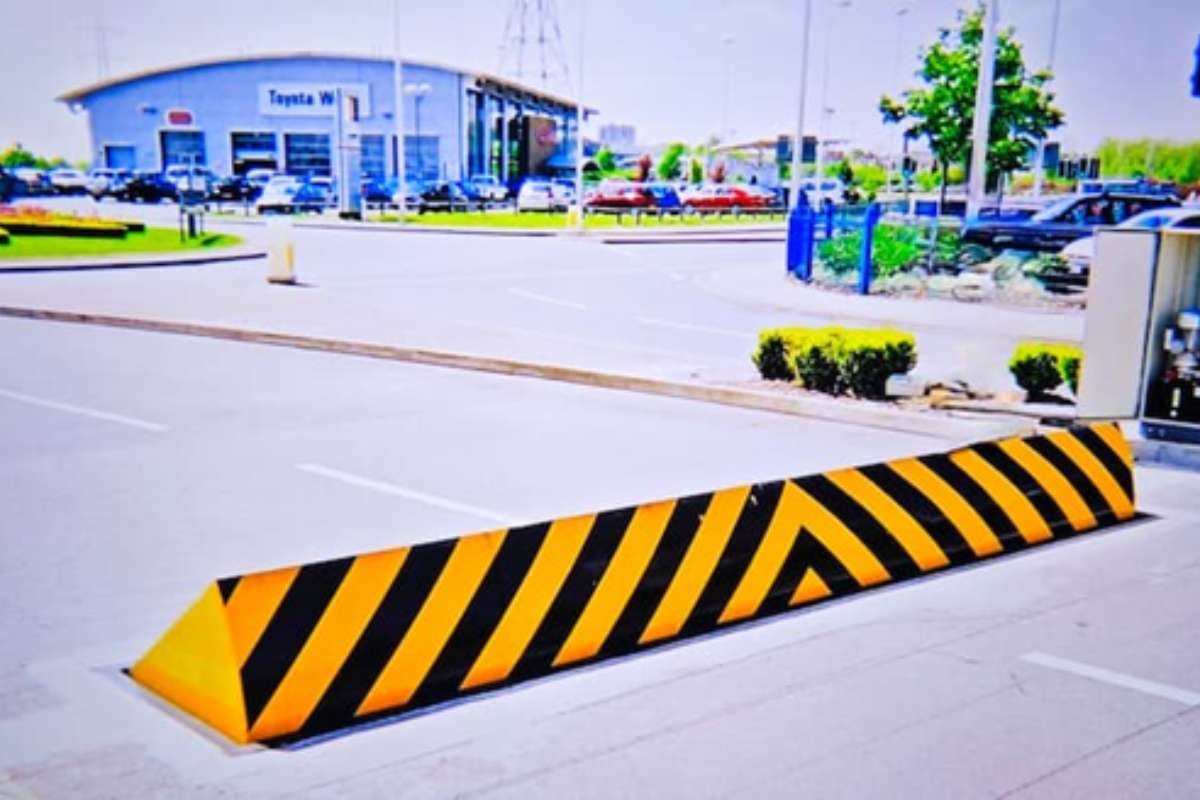- Setting up a commercial kitchen involves significant costs, including essential equipment, design, and layout, ranging from $50,000 to over $200,000.
- Compliance with health and safety standards requires investments in certifications, fire suppression systems, and necessary infrastructure upgrades.
- Utilities and infrastructure, including plumbing, electrical work, and HVAC systems, are crucial for functionality and can add several thousand dollars to the budget.
- Ongoing maintenance and repair costs are essential to keep the kitchen running efficiently, with routine maintenance and unexpected repairs adding up over time.
Setting up a commercial culinary space is a significant investment that requires careful planning and budgeting. From choosing the commercial kitchen equipment to designing an efficient layout, understanding the costs involved is crucial for a successful venture. In this post, we’ll break down the key expenses associated with setting up a commercial kitchen and offer tips on how to budget effectively. Whether you’re starting a new restaurant or upgrading an existing kitchen, this guide will help you make informed financial decisions.
Essential Kitchen Equipment

When setting up a commercial kitchen, one of the most significant expenses you’ll encounter is the purchase of essential kitchen equipment. Major appliances such as ovens, stoves, and refrigerators form the backbone of any commercial kitchen and can range widely in price depending on their size, capacity, and features. For example, a high-quality commercial fridge for sale can cost anywhere from $1,000 to $10,000 or more, depending on its specifications.
In addition to these major appliances, you’ll also need to invest in smaller equipment like mixers, blenders, and food processors. While these items may seem minor compared to larger appliances, their costs can add up quickly. A commercial-grade mixer might cost between $500 and $2,000, while a robust blender could set you back another $300 to $1,500.
It’s also important to consider any specialized equipment that your menu might require. For instance, if you’re opening a bakery, you might need proofing cabinets and dough sheeters, which will add to your overall costs. Similarly, a pizzeria will need specialized ovens and dough mixers. These specialized items not only enhance your kitchen’s efficiency but also ensure you can deliver consistent quality to your customers.
Design and Layout
Designing the layout of your commercial kitchen is another critical aspect that impacts both functionality and cost. Hiring a professional kitchen designer or consultant can be a valuable investment, as they can help you create an efficient workspace that maximizes productivity and meets health and safety regulations. The cost of hiring a kitchen designer varies widely, typically ranging from $1,500 to $5,000, depending on the complexity of your project and the designer’s experience.
Construction and renovation expenses are another significant cost factor. Whether you’re building a new kitchen from scratch or renovating an existing space, you’ll need to budget for construction materials, labor, and potential disruptions to your business. Basic renovations can start around $50,000, while more extensive projects can exceed $200,000, depending on the scope of work and the quality of materials used.
Creating an efficient workflow is essential for any commercial kitchen. This includes ensuring that all stations are properly placed to minimize movement and enhance productivity. For example, placing the prep area close to the cooking stations and the refrigeration units can streamline operations. Additionally, incorporating adequate storage solutions, such as shelving and cabinetry, helps keep the kitchen organized and efficient.
Designing a commercial kitchen that is both functional and compliant with local health regulations is crucial. Investing in a well-thought-out layout not only improves operational efficiency but can also prevent costly modifications down the line. Proper planning and expert advice can make a significant difference in the long-term success of your commercial kitchen.
Health and Safety Compliance
Ensuring your commercial kitchen meets health and safety standards is not just a legal requirement but also crucial for the well-being of your staff and customers. The costs associated with health and safety compliance can vary depending on the specific regulations in your area and the existing condition of your kitchen space.
Firstly, obtaining necessary health and safety certifications is a mandatory step. This process often involves fees for inspections and permits, which can range from $500 to $2,000. Depending on your location, you may also need to comply with specific food safety training for your staff, adding to the overall cost.
Installing fire suppression systems and other safety equipment is another significant expense. A commercial kitchen must be equipped with a reliable fire suppression system to prevent and control potential fires. The cost of these systems can range from $2,000 to $6,000, including installation. Additionally, you’ll need to invest in safety equipment such as fire extinguishers, first aid kits, and emergency lighting, which can add several hundred dollars to your budget.
Meeting local health department regulations often requires modifications to your kitchen’s infrastructure. This might include upgrading plumbing and electrical systems to handle the increased demand of a commercial kitchen. Plumbing upgrades, such as installing grease traps and backflow prevention devices, can cost between $1,000 and $3,000. Electrical work, including upgrading circuits and installing additional outlets, can add another $2,000 to $5,000.
Compliance with health and safety standards is a crucial investment that protects your business from potential fines and legal issues. Ensuring your kitchen meets all regulatory requirements not only keeps your staff and customers safe but also enhances your kitchen’s reputation for quality and professionalism.
Utilities and Infrastructure
Utilities and infrastructure are foundational aspects of setting up a commercial kitchen, and they come with their own set of costs. From plumbing and electrical work to ventilation and HVAC systems, these elements are crucial for the functionality and safety of your kitchen.
Plumbing and Electrical Work
Commercial kitchens have specific plumbing requirements, such as high-capacity water lines and efficient drainage systems. You may need to install grease traps and backflow preventers to comply with local regulations, which can cost between $1,000 and $3,000. Additionally, if the existing plumbing is outdated or insufficient, extensive upgrades might be necessary, adding to the overall expenses.
Electrical work is equally important, as commercial kitchen equipment often requires more power than residential appliances. Upgrading your electrical system to handle this increased load can be costly, ranging from $2,000 to $5,000. This includes installing new circuits, outlets, and possibly upgrading your main electrical panel.
Ventilation and HVAC Systems

Proper ventilation is essential in a commercial kitchen to remove heat, smoke, and odors, ensuring a comfortable and safe working environment. Installing a commercial-grade ventilation system, including hoods and exhaust fans, can cost between $5,000 and $15,000, depending on the size and complexity of your kitchen. An effective ventilation system not only improves air quality but also helps maintain optimal temperature and humidity levels, protecting both your equipment and food products.
An efficient HVAC (heating, ventilation, and air conditioning) system is also crucial. It ensures that your kitchen stays at a comfortable temperature year-round, which is important for both staff comfort and food safety. The cost of installing or upgrading an HVAC system can vary widely, from $4,000 to $12,000 or more, depending on the size of your space and the specific needs of your kitchen.
Ongoing Utility Costs
Once your kitchen is up and running, you’ll need to budget for ongoing utility costs, including electricity, water, and gas. Commercial kitchen appliances are typically more energy-intensive than residential ones, leading to higher utility bills. Implementing energy-efficient practices and choosing energy-efficient appliances can help reduce these costs over time, but it’s important to factor them into your initial budget.
Investing in quality utilities and infrastructure is crucial for the smooth operation of your commercial kitchen. These costs, while significant, ensure that your kitchen functions efficiently and safely, ultimately contributing to the success of your food service business.
Ongoing Maintenance and Upkeep
Setting up a commercial kitchen is an ongoing expense that should not be overlooked. Routine maintenance and unexpected repairs are essential for keeping your kitchen equipment in top condition, ensuring safety, and prolonging the lifespan of your investments.
Routine Maintenance Expenses
Regular maintenance is crucial for the longevity and efficiency of your kitchen equipment. Scheduling routine inspections and servicing for major appliances, such as ovens, refrigerators, and ventilation systems, can prevent costly breakdowns and ensure they operate efficiently. The cost of routine maintenance varies depending on the type and number of appliances but typically ranges from $500 to $2,000 annually.
Repair Costs
Despite regular maintenance, equipment can still malfunction or break down, leading to repair costs. Repairing a commercial refrigerator, for example, can cost anywhere from $200 to $1,000, depending on the issue. More complex repairs, such as fixing a commercial oven or HVAC system, can be even more expensive. It’s wise to set aside a contingency fund for these unexpected expenses, typically around 5-10% of your initial equipment cost.
Budgeting for Replacements and Upgrades

Over time, some equipment will inevitably need to be replaced. Setting up a commercial kitchen, equipment varies, but major appliances generally last between 5 to 15 years with proper maintenance. Budgeting for future replacements is essential to avoid financial strain when the time comes. Additionally, as your business grows, you may need to upgrade your equipment to meet increased demand or to take advantage of new technologies that can improve efficiency and reduce costs.
Preventative Measures
Implementing preventative measures can also help reduce maintenance and repair costs. Training your staff on the proper use and care of equipment can prevent misuse and extend the life of your appliances. Keeping a maintenance log to track service dates, repairs, and parts replacements can help you stay on top of maintenance schedules and anticipate future needs.
Investing in ongoing maintenance and upkeep is essential for the smooth and efficient operation of your commercial kitchen. By planning for these costs and implementing preventative measures, you can minimize downtime, extend the lifespan of your equipment, and ensure your kitchen runs efficiently.
Conclusion
Setting up a commercial kitchen involves a variety of costs, from equipment and design to compliance and maintenance. By understanding these expenses and budgeting effectively, you can ensure your kitchen operates smoothly and efficiently. Investing in quality equipment and professional design services can save you money in the long run by reducing maintenance and improving workflow. Careful planning and consideration of all potential costs will help you create a functional and successful setting up a commercial kitchen.


















